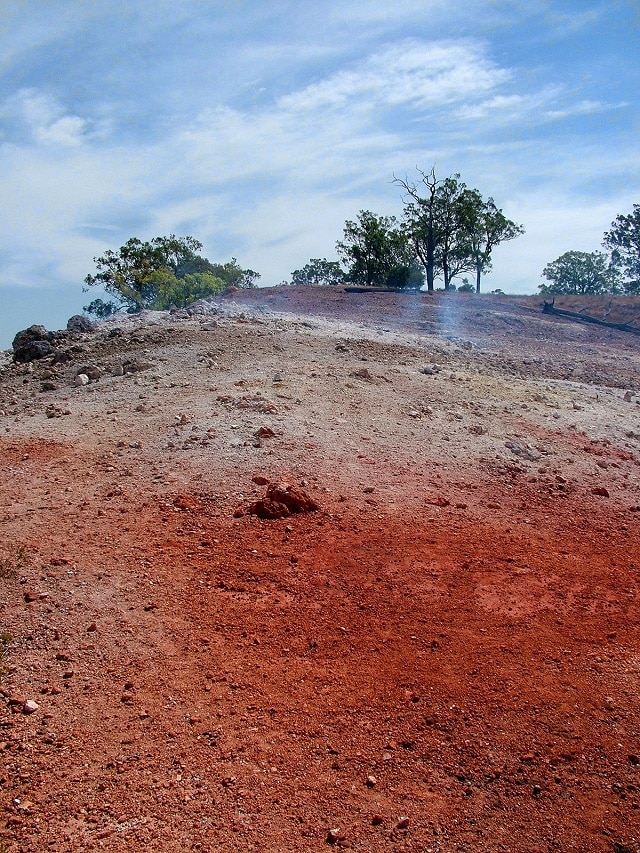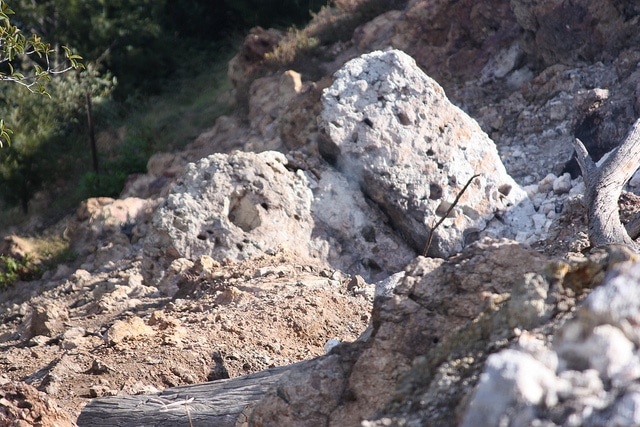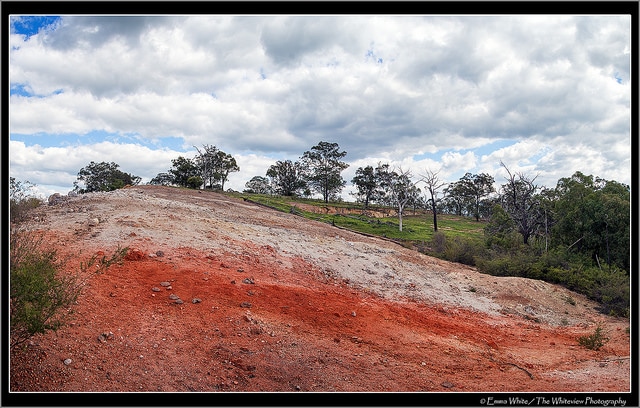If you approach this place, now converted into a tourist attraction, you will soon begin to realize that something strange happens. The landscape changes around and eucalyptus forests give way to a lot of dead trees and hollow logs that some animals use as their creepy home. After a hike there it is: a thread of smoke emanating from Earth. It is the sign of a crackling fire about 30 meters underground and gives name to the Burning Mountain, a hill near Wingen, New South Wales, Australia. The coal seam hidden under the ground has been burning a staggering 5,500 years, the world’s oldest living fire.

The famous fire was discovered in 1828, when a local laborer saw smoke coming from Mount Wingen and thought it was an active volcano. It was not until a year later that geologists concluded that it was a burning coal seam.

Over the next 70 years, explorers, geologists and other scientists visited the area. Sulfurous smoke spewing from the burning exhaust vents were exploited commercially from the 1890s to the 1960s, to sell creams and liquids rich in sulfur for a medicinal use.
The Tingha Stonewoman
Before, it is likely that Wanaruah aboriginines used the exhaust chimney looking for warmth, ocher … and to cook and make tools with baked and hardened rocks. Aboriginal legend related to a special place near Tingha explains the phenomenon in a more poetic way. A woman climbed the mountain to ask the great sky god, Biamie, for her own death after her warrior husband failed to return from battle against another tribe, whose men wanted to take the women of their opponents. But Biamie took pity on her and instead turned her into stone. Since then cries tears of fire for her lost love that set the mountain alight.

The fire moves one meter every year, usually in a southerly direction, which influences the landscape. Red eucalyptus trees grow along the land subsidence cracks and then the tea trees and gray gomerans appear. Combustion has caused discoloration of the ground and uneven terrain.
Photos: 59blondie, Thierry, Emma.














